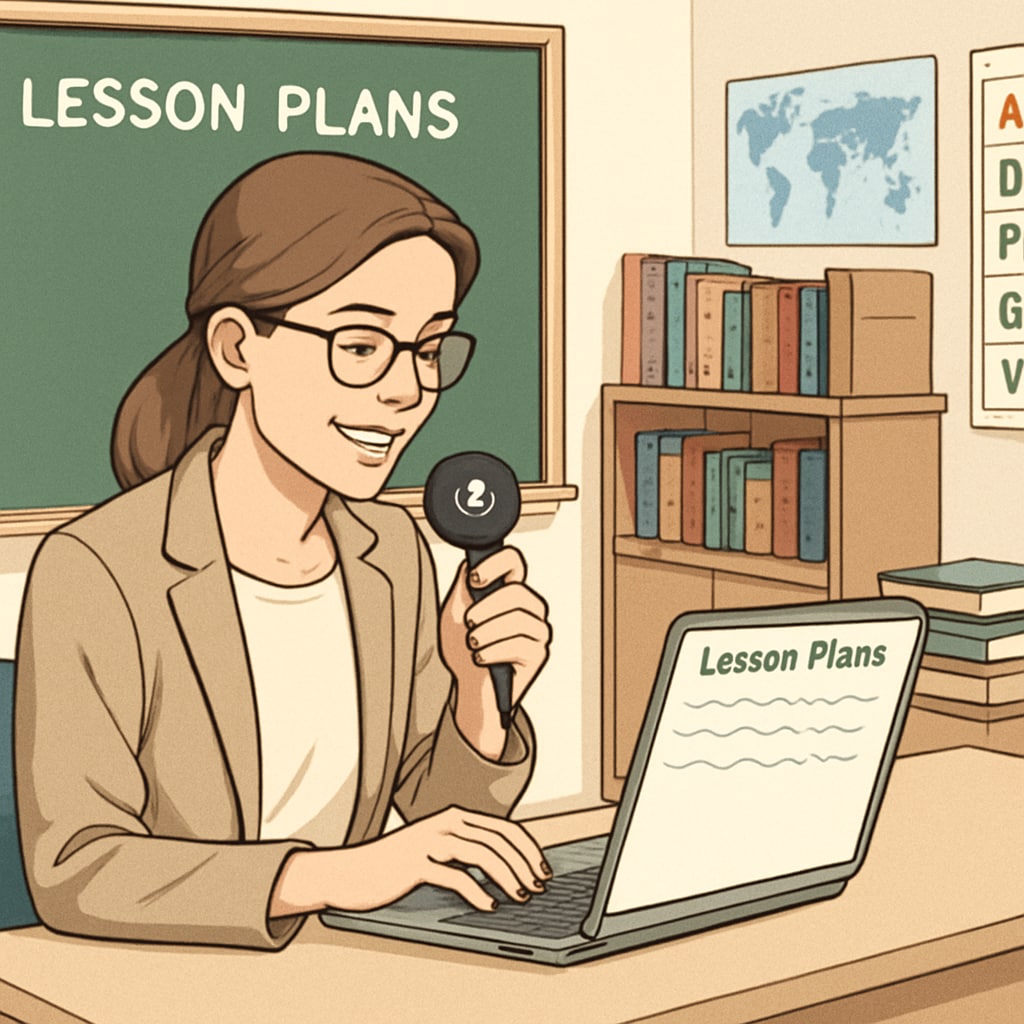In today’s fast-paced educational environment, teachers are constantly seeking ways to enhance their productivity while maintaining high teaching standards. Voice recognition technology, such as WillowVoice, offers a groundbreaking solution to this challenge. By simplifying education workflows through accurate speech-to-text conversion, WillowVoice enables educators to focus on what truly matters: inspiring and engaging their students. This innovative tool is transforming the way teachers prepare lessons, provide feedback, and communicate with parents, ultimately improving both teaching efficiency and classroom outcomes.
Streamlining Everyday Teaching Workflows
The day-to-day responsibilities of teachers go far beyond delivering lectures. Tasks such as lesson planning, grading, and documenting observations often consume a significant portion of their time. Voice recognition technologies like WillowVoice can alleviate this burden by automating repetitive tasks. For instance, teachers can dictate lesson plans or grading notes, which are instantly transcribed into text format. This not only saves time but also minimizes errors, ensuring that teachers stay organized and efficient.
Moreover, WillowVoice supports real-time classroom observations. Educators can record their thoughts while observing a student’s performance, and these insights are automatically transcribed for future reference. This feature is particularly valuable for documenting individualized education plans (IEPs) or tracking student progress over time.

Enhancing Teacher-Student Interactions
One of the most impactful benefits of voice recognition tools is their ability to free up time for meaningful teacher-student interactions. With less time spent on administrative tasks, teachers can dedicate more attention to personalized instruction and classroom engagement. For example, WillowVoice can be used to quickly draft feedback on assignments, allowing educators to provide timely and detailed responses to their students.
In addition, voice recognition tools make it easier to adapt to diverse learning needs. Teachers working with multilingual classrooms or students with disabilities can use speech-to-text tools to create inclusive lesson materials. These technologies also help bridge communication gaps, ensuring that every student receives an equitable educational experience.

Improving Communication with Parents and Stakeholders
Effective communication with parents and other stakeholders is essential for fostering a supportive learning environment. WillowVoice simplifies this process by enabling teachers to quickly draft newsletters, emails, or meeting notes. Whether it’s sharing updates on a student’s progress or coordinating with colleagues, voice recognition streamlines these tasks, saving valuable time and effort.
Additionally, the tool can be used to transcribe and organize parent-teacher meeting discussions. This ensures that key points are accurately recorded, helping teachers and parents collaborate more effectively to support student success.
How WillowVoice Stands Out
While there are many voice recognition tools available, WillowVoice is specifically designed with educators in mind. It offers features such as advanced accuracy in noisy environments, seamless integration with educational platforms, and secure data storage to protect sensitive information. These capabilities make it an ideal choice for K12 educators striving to enhance their productivity and teaching quality.
Furthermore, WillowVoice continuously learns and adapts to individual users’ speech patterns, ensuring consistent accuracy over time. This adaptability is particularly useful in classrooms, where teachers may use specialized terminology or need to switch between different languages or dialects.
Readability guidance: By employing short paragraphs, concise sentences, and lists to summarize key points, this article ensures clarity and accessibility for all readers. Transitions such as “in addition” and “for example” are used throughout to maintain a logical flow of ideas.


